by Michael Haskew
It was a burial, but certainly not a funeral. One soldier who looked on muttered, “Ashes to ashes, dust to dust…If Villa won’t bury you Uncle Sam must.”
[text_ad]
The three dead men, whose bodies were unceremoniously laid in hastily dug desert graves, had ridden with the revolutionary Pancho Villa, and one of them, Julio Cardenas, was the commander of his personal bodyguard. The men who killed them were U.S. soldiers and their accompanying interpreters, members of a detachment under 2nd Lieutenant George S. Patton, Jr. It was May 14, 1916, and for two months General John Pershing had led an American military expedition into Mexico in search of the elusive Villa and his men, known as Villistas.
Patton Pushes On
Villa’s brazen raid on the small border town of Columbus, New Mexico, in March had provoked President Woodrow Wilson to order Pershing and several thousand troops into Mexico to bring Villa to justice. Pershing was romantically involved with Patton’s sister, Nita, at the time, and the general offered the young officer the opportunity to participate in the expedition as his aide. Although the Americans failed to find Villa, there were moments of retribution. One of those had taken place on this hot, dusty day at the San Miguelito hacienda, where the family of Cardenas was living.
Pershing ordered Patton to lead the detachment of seven soldiers and two interpreters to a nearby farm where they might buy corn. During the transaction, E.L. Holmdahl, a former Villista, recognized a group of men as one-time associates. Although Villa was supposedly hiding somewhere to the south, Cardenas was believed to be nearby. Always ready for a fight, Patton pushed on to Las Ciengas, his men riding in three Dodge touring cars. There the lieutenant questioned Cardenas’ uncle without gaining much information, but he was determined to find Cardenas and moved on to San Miguelito.
When they neared the main house, the soldiers noticed someone running inside. Alarmed, Patton ordered six men to cover the house, while two more swept along a wall to the south. Armed with a rifle and pistol, Patton moved quickly beside a wall to the north. Suddenly, three men on horseback burst from the building and charged toward the soldiers. Their way blocked, they turned and came straight at Patton, who fired. A bullet shattered one rider’s left arm and he crawled out of sight.
A Sign of Greater Things to Come?
Another rider came at Patton, who fired again. Both horse and rider tumbled. When the Villista stood and drew his weapon, Patton and the other soldiers gunned him down. By then the third rider was 100 yards distant, intent on escaping. Several soldiers opened fire, and he fell dead. Later identified as Cardenas, the first Villista was running away. The soldiers shot him again, and as he lay on the ground Holmdahl approached. Cardenas feigned surrender and then reached for his gun. In a flash, Holmdahl shot him in the head.
No one at the scene would positively identify the dead men, and their bodies were tied to the hoods of the cars. A group of at least 40 hostile horsemen was approaching, and Patton ordered a rapid retirement to Pershing’s headquarters. The impromptu burial followed.
Pershing was pleased with Patton and gave him permission to keep Cardenas’ sword and saddle. The incident made headlines across the United States, and Patton was hailed a hero. He loved the limelight. Destined for even greater fame, he received a quick promotion to 1st lieutenant and made captain within a year.
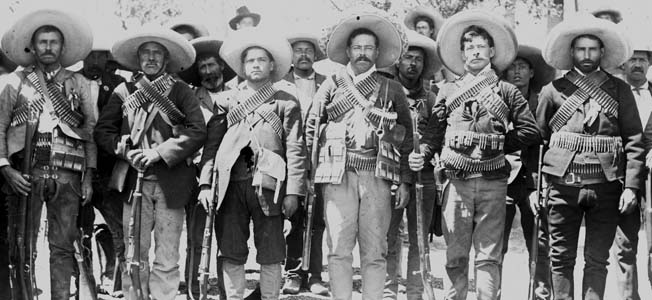
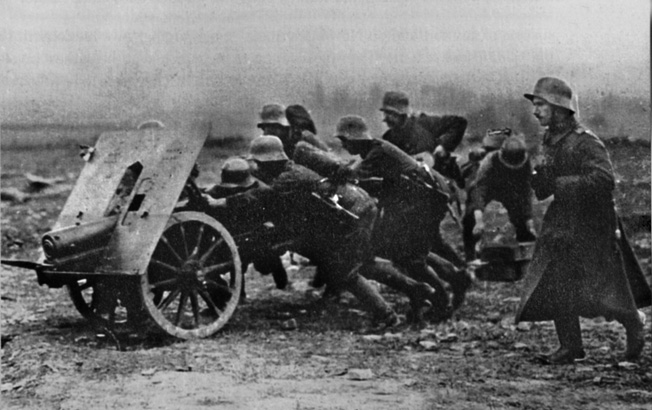
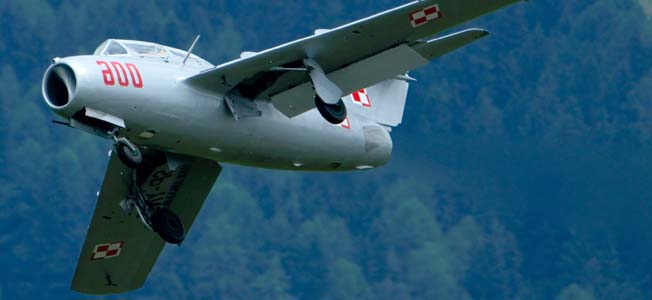
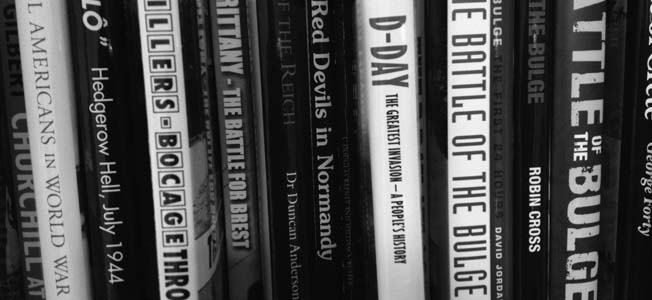
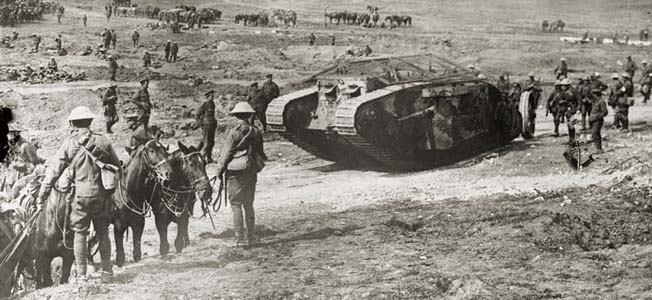
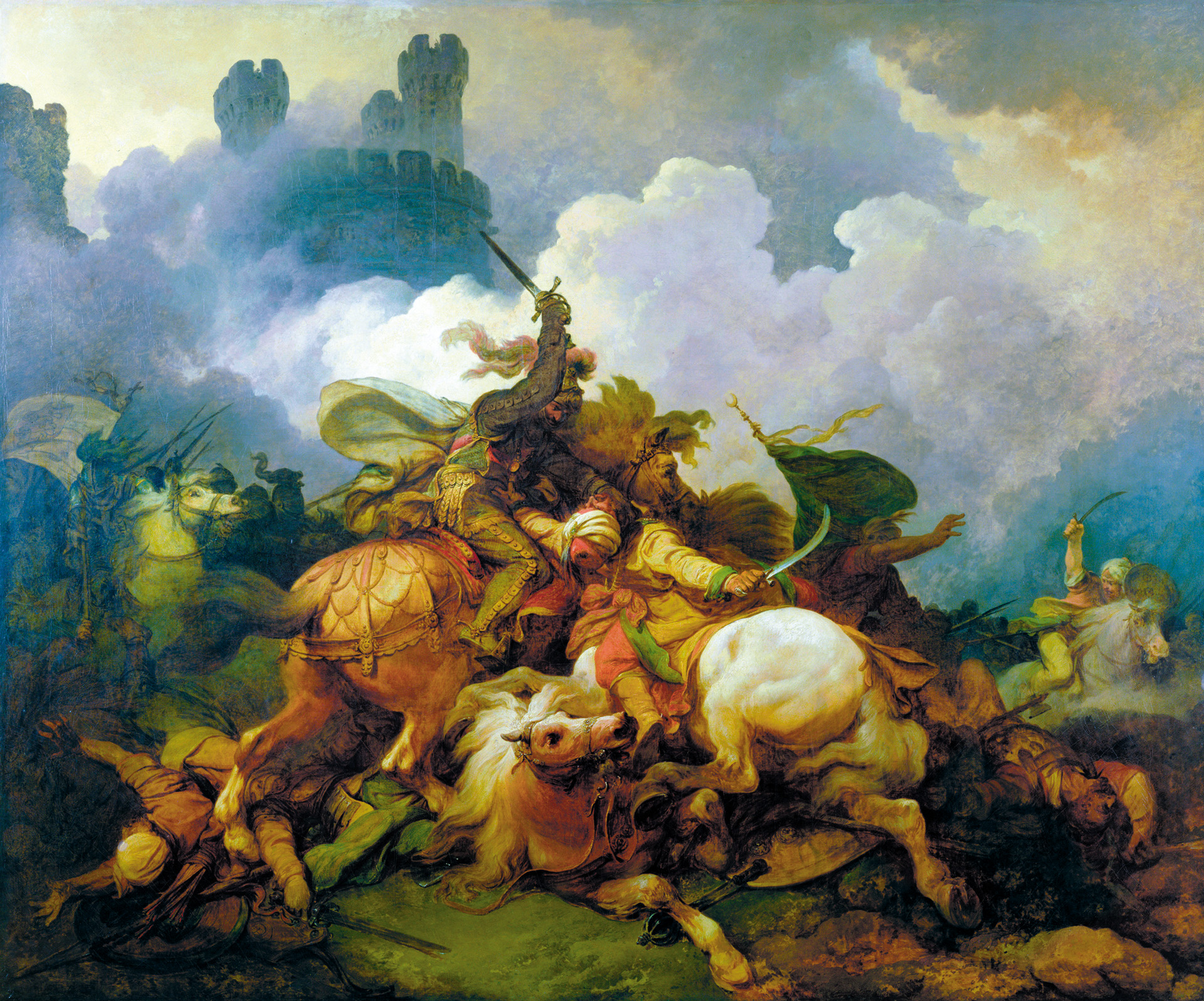
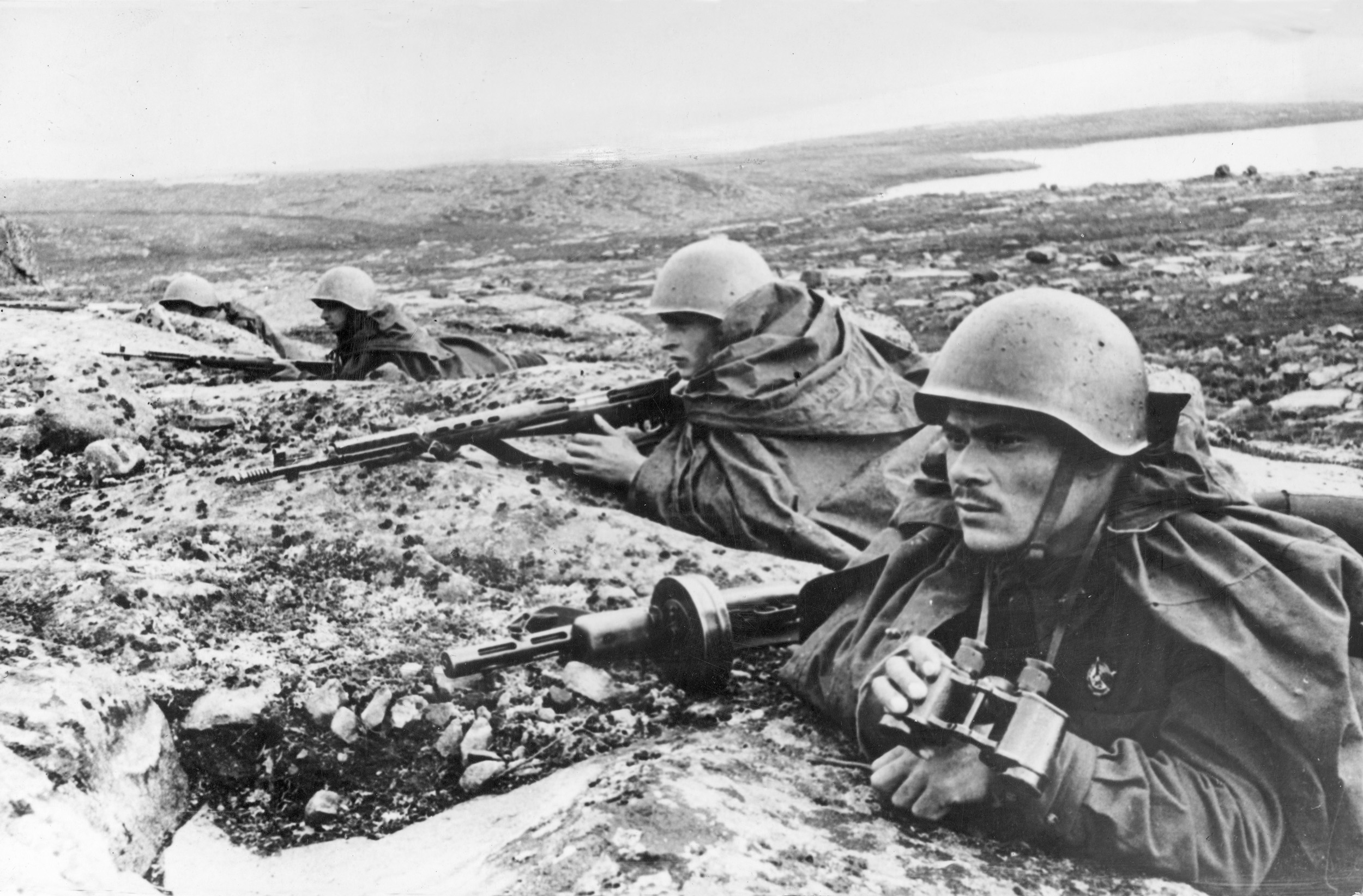
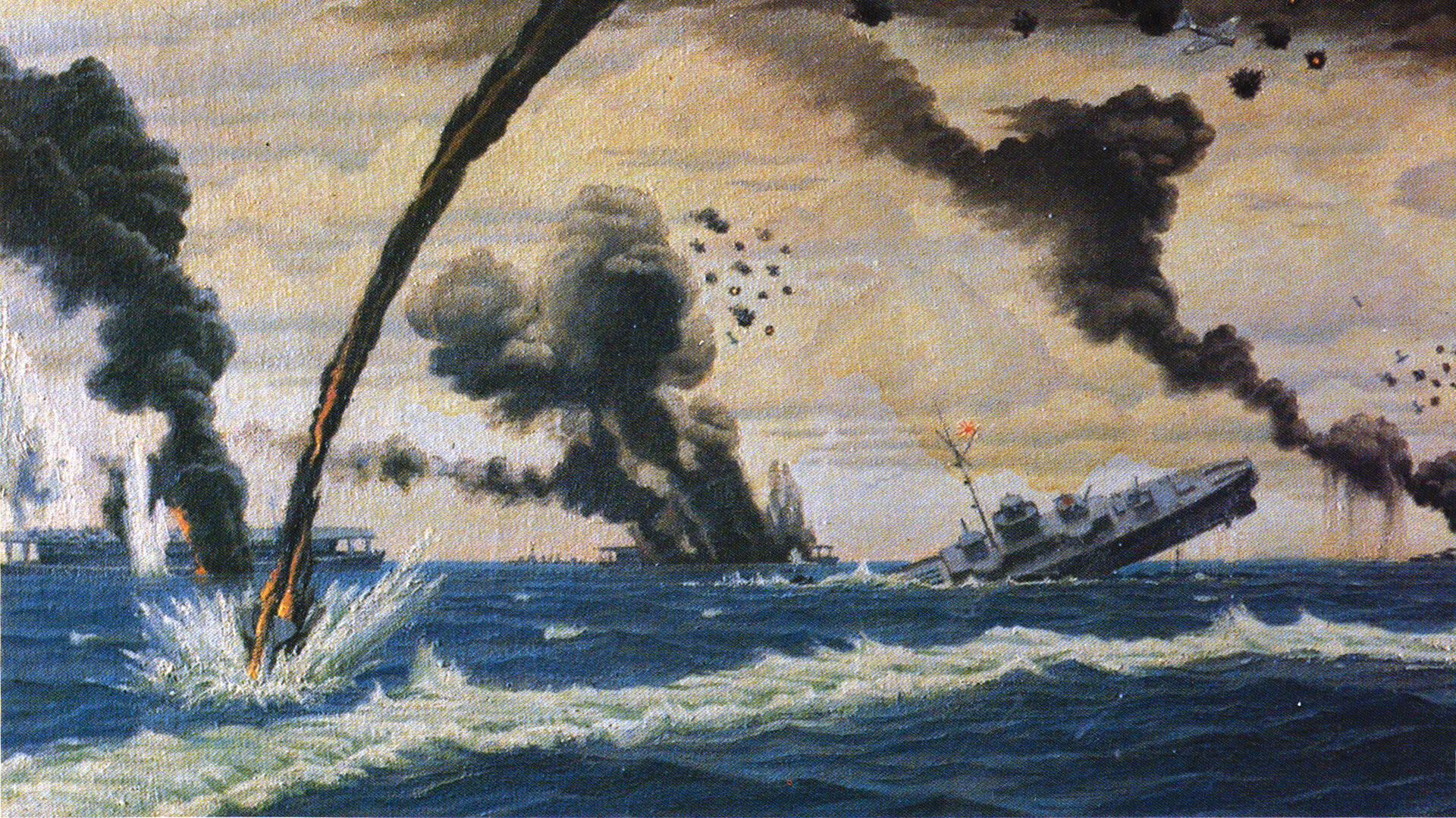
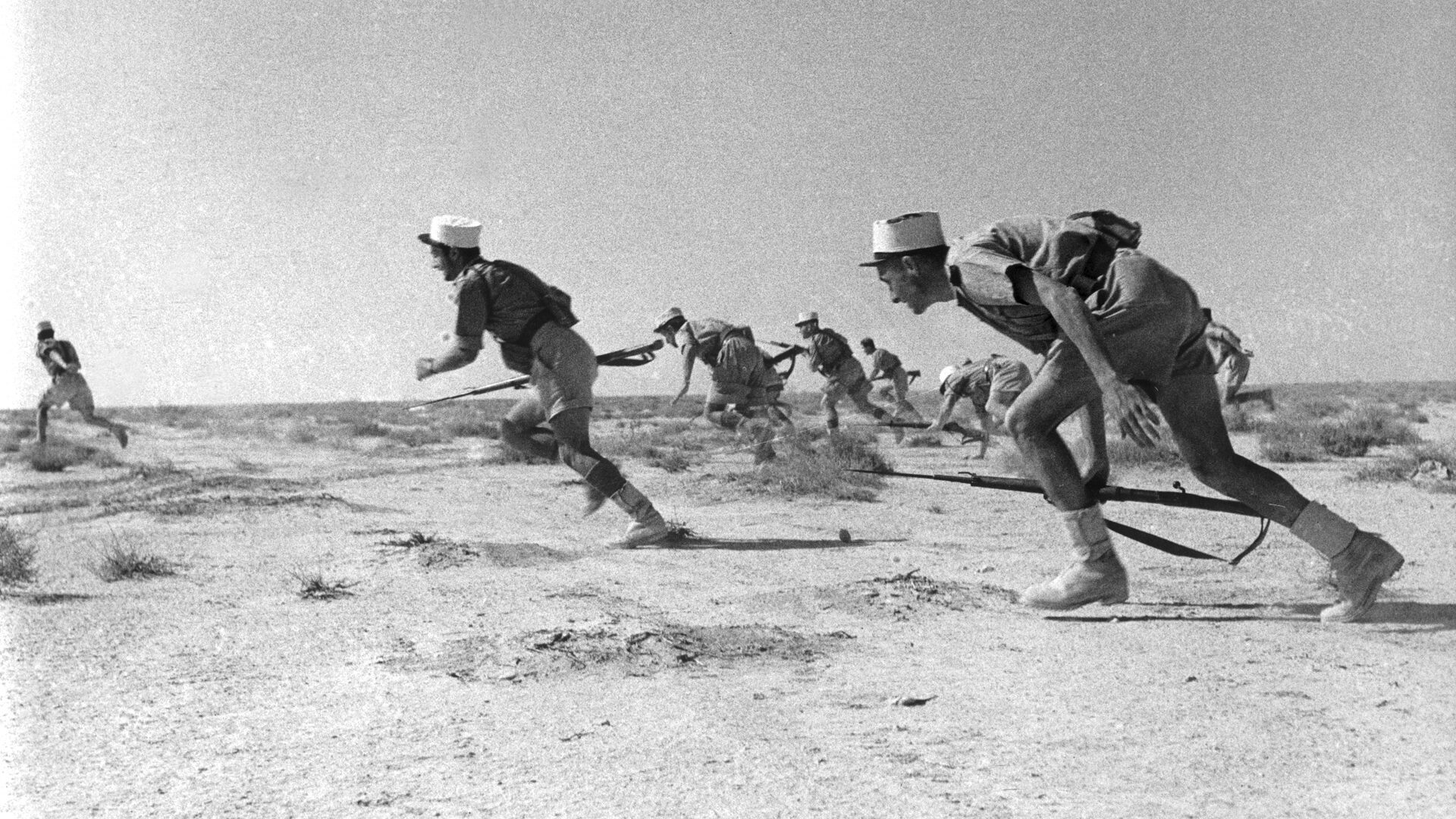
Join The Conversation
Comments
View All Comments